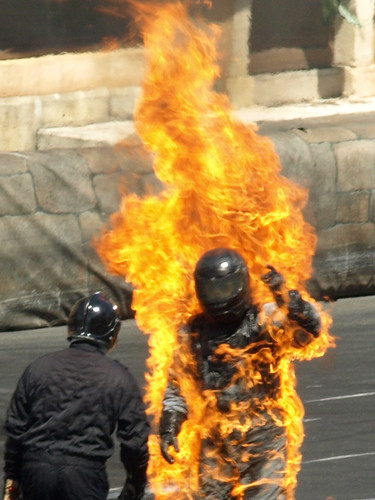Do words related to heat increase aggression?
.To describe mental states that precede aggression and violence, people frequently use words related to hot temperatures. Two experiments examined whether exposure to words related to hot temperatures increases aggressive thoughts, even in the absence of heat. In both experiments, participants were first exposed to words related to either heat, cold, or neutral concepts. Next, participants completed measures that assessed aggressive cognition. In Experiment 1, participants completed a word stem completion task in which some word stems (e.g., “ki _ _”) could be completed with either aggressive (e.g., “kill”) or nonaggressive (e.g., “kiss”) words. In Experiment 2, participants were presented with an ambiguous description of a person and then provided ratings regarding that person’s hostility. In both studies, exposure to hot temperature words, relative to cold temperature and neutral words, increased aggressive thoughts and hostile perceptions. These findings show a strong link in memory between words related to hot temperatures and aggressive thoughts and biases.
Source: “Hot under the collar in a lukewarm environment: Words associated with hot temperature increase aggressive thoughts and hostile perceptions” from Journal of Experimental Social Psychology, Volume 45, Issue 4, July 2009, Pages 1045-1047
Related posts:
What male body language attracts women?
What does English sound like to foreigners?






